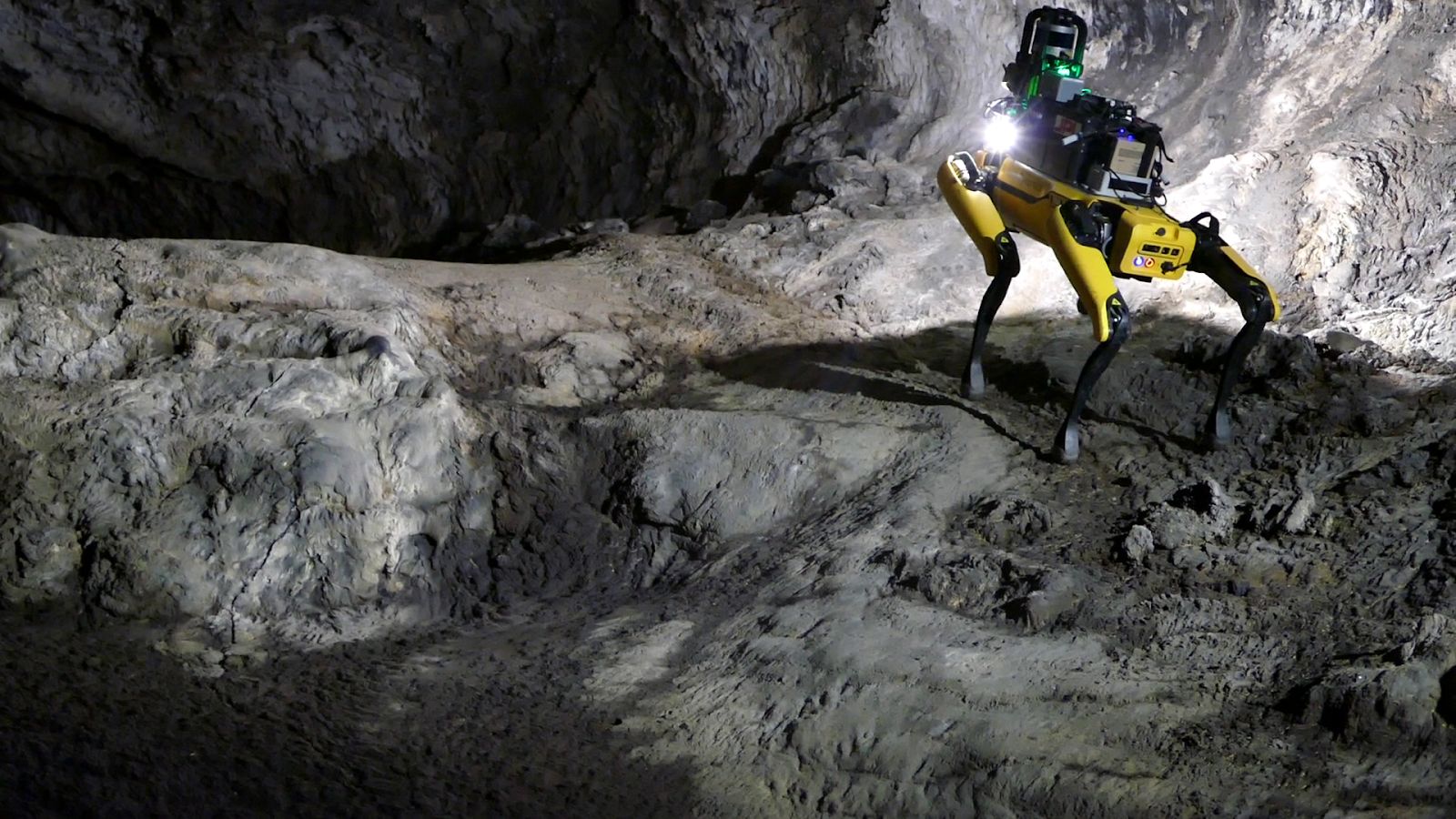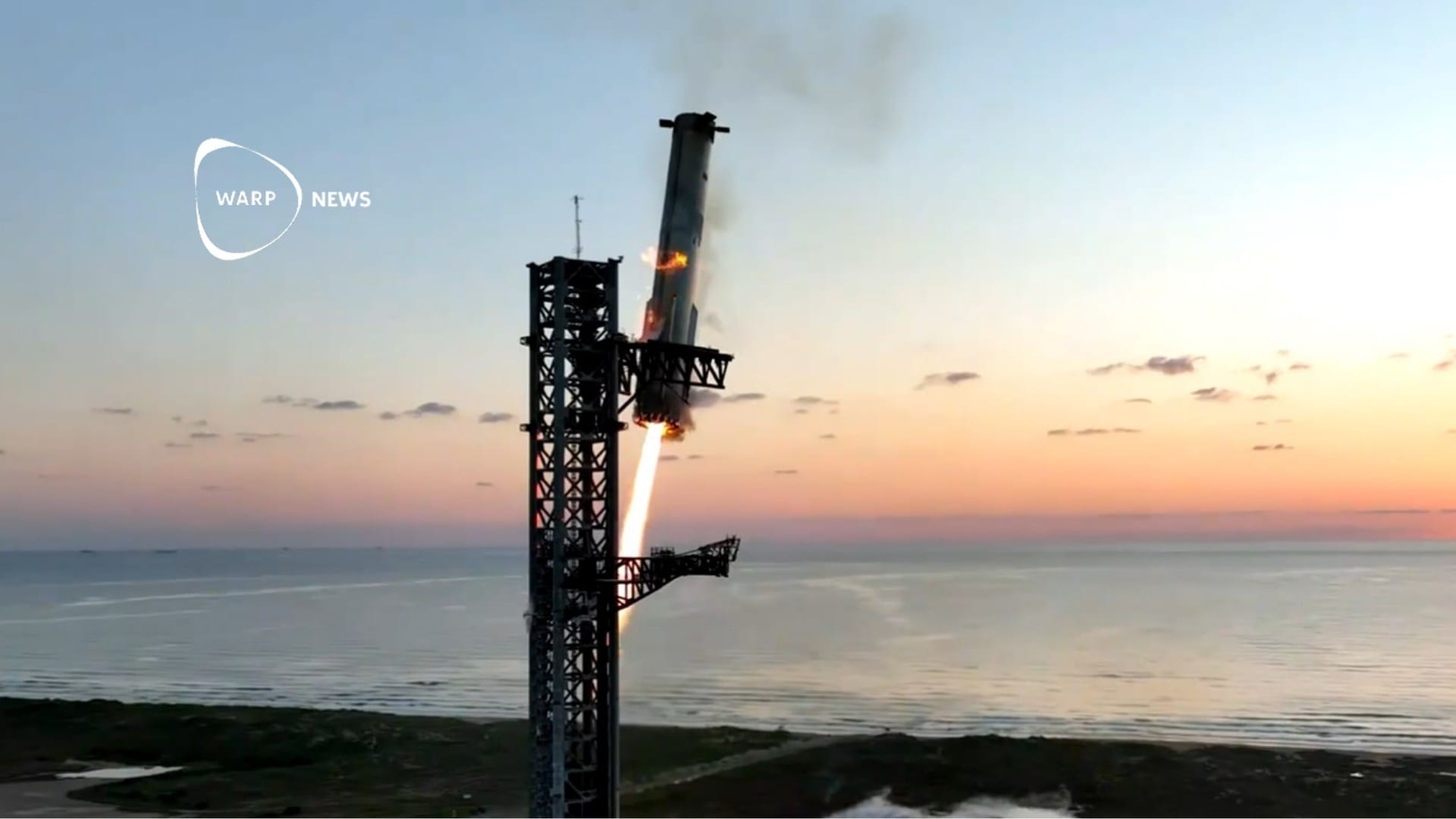
🚀 A robotic dog will explore the caves of Mars using artificial intelligence
A robotic “dog” will explore the caves of our red neighbor using new technology. The robot will be able to learn about its surroundings and, while exploring, it will be able to send information to a communication module on the surface.
Share this story!
With the help of artificial intelligence and four legs, the robot called Au-spot, will explore the caves of Mars. Making huge advancements from previous Martian robots, Au-spot can autonomously pass through difficult terrain. The robotic dog was presented by scientists from NASA/JPL-Caltech in December last year, at a meeting with the American Geophysical Union (AGU), Live Science reports.
With its improved mobility and smart sensors, it surely outclasses previous robots like Curiosity, Opportunity and Perseverance. With four legs instead of wheels, the robot is able to climb over obstacles, reach down in caves and at the same time map the surrounding terrain. In three dimensions! Combine its mobility with artificial intelligence and the outcome is incredible. Au-spot will be able to perform research like never before on Mars, as it will not only map its surroundings, it will at the same time learn about it. For instance, if it falls, it will be able to get up again using algorithms.
Furthermore, the robot will not only travel with greater precision, it will also travel at a greater speed. The robotic dog will travel at a speed of about 5 km/h, while for comparison, Curiosity travels at about 0.14 km/h. In other words, a remarkable improvement.
But why explore caves? Caves could function as our first home on Mars, protecting us from dangerous UV-radiation, frost and dust. Scientists are as well curious to explore whether there exists biological life deep in the caves, or perhaps evidence from a distant past. All making the exploration of martian caves important for future missions to the red planet.
Robots on Mars make the future come sooner.
By becoming a premium supporter, you help in the creation and sharing of fact-based optimistic news all over the world.


